Home>Gardening & Outdoor>Landscaping Ideas>How To Treat Dead Grass Patches
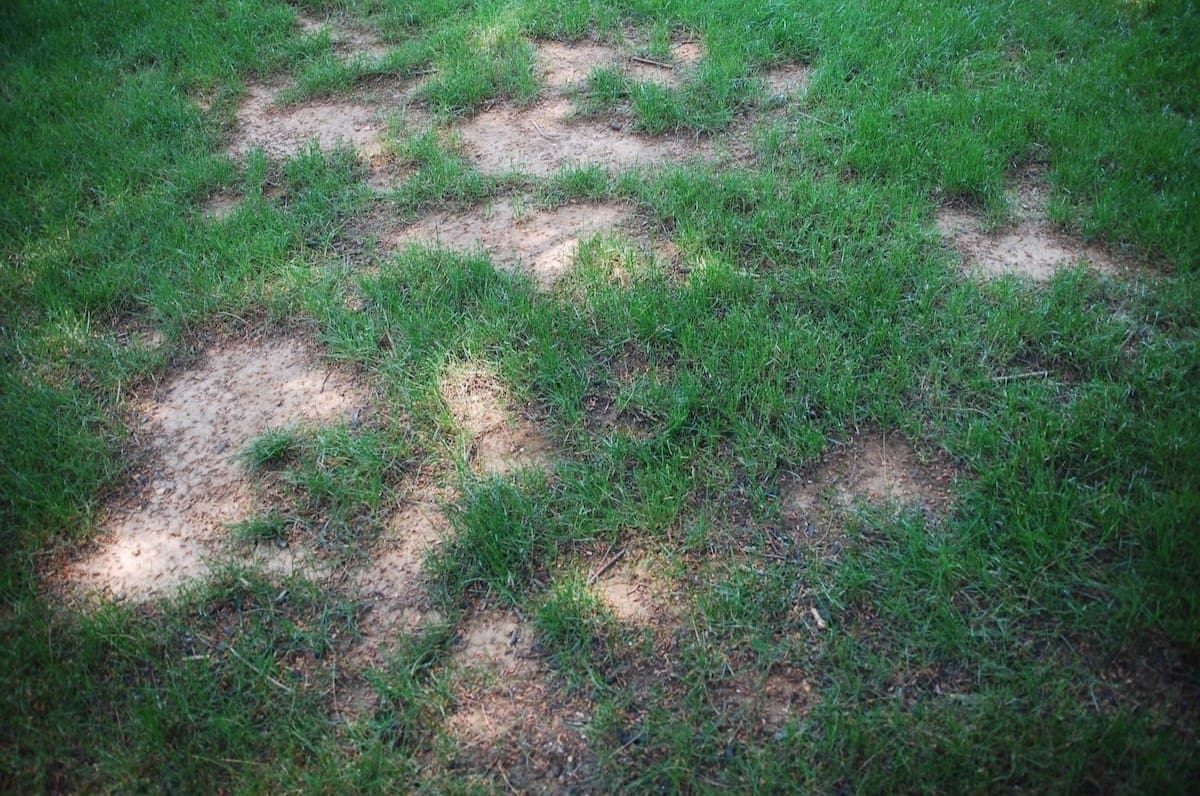

Landscaping Ideas
How To Treat Dead Grass Patches
Modified: October 19, 2024
Learn effective landscaping ideas to revive dead grass patches and restore your lawn's lush greenery. Implement expert tips for treating dead grass patches.
(Many of the links in this article redirect to a specific reviewed product. Your purchase of these products through affiliate links helps to generate commission for Storables.com, at no extra cost. Learn more)
Introduction
Are you frustrated by unsightly dead patches in your once-lush lawn? Dead grass patches can be a source of frustration for any homeowner, tarnishing the overall beauty of your yard. However, fear not, as there are effective solutions to revive your lawn and restore its verdant allure.
In this comprehensive guide, we will delve into the underlying causes of dead grass patches, empowering you to identify and address the root of the problem. By understanding the factors contributing to this issue, you can implement targeted treatments and preventive measures to ensure a vibrant, thriving lawn year-round.
Whether you are a seasoned gardening enthusiast or a novice homeowner, the insights and techniques shared in this guide will equip you with the knowledge and resources to transform those barren patches into a flourishing oasis. Let's embark on this journey to rejuvenate your lawn and reclaim its natural splendor.
Key Takeaways:
- Understanding the causes of dead grass patches, such as lack of sunlight, soil compaction, and pests, is crucial for reviving your lawn. By identifying the root issues, you can implement targeted treatments and preventive measures.
- To prevent dead grass patches, maintain proper lawn care, address soil compaction, manage irrigation, and integrate pest and disease control. Proactive measures create a healthy environment for vibrant, resilient grass growth.
Read more: How To Help Dead Grass
Understanding Dead Grass Patches
Dead grass patches, also known as bare spots or dead zones, are areas within a lawn where the grass has withered and died, leaving behind unsightly barren patches. These patches not only detract from the overall aesthetic appeal of your lawn but also indicate underlying issues that need to be addressed.
One common cause of dead grass patches is inadequate sunlight. Grass requires sufficient sunlight to undergo photosynthesis, the process by which it produces food and energy. Shaded areas, such as those beneath dense trees or structures, may struggle to support healthy grass growth, leading to dead patches.
Another contributing factor is soil compaction, which occurs when the soil becomes densely packed, hindering the circulation of air, water, and nutrients to the grass roots. This can result from heavy foot traffic, construction activities, or natural soil composition, leading to weakened and dying grass in affected areas.
Furthermore, improper watering practices can lead to dead grass patches. Overwatering can suffocate the grass roots by depriving them of oxygen, while underwatering can cause the grass to dry out and perish. Understanding the specific watering needs of your grass type and adjusting your irrigation schedule accordingly is crucial in preventing dead patches.
It is also important to consider the role of pests and diseases in causing dead grass patches. Insects such as grubs and chinch bugs can wreak havoc on a lawn, feeding on grassroots and causing extensive damage. Additionally, fungal diseases, such as brown patch or dollar spot, can quickly spread and decimate areas of grass if left untreated.
By gaining a deeper understanding of the various factors that contribute to dead grass patches, you can effectively diagnose the underlying issues and implement targeted solutions to revive your lawn. In the following sections, we will explore how to identify the specific causes of dead grass patches and provide actionable strategies to treat and prevent them, ensuring a vibrant and resilient lawn for years to come.
Identifying the Cause of Dead Grass Patches
Before implementing any treatment, it is crucial to accurately identify the underlying cause of dead grass patches in your lawn. By carefully assessing the affected areas and considering various factors, you can pinpoint the specific issues contributing to the decline of your grass. Here are key steps to help you identify the cause of dead grass patches:
1. Visual Inspection:
Begin by visually examining the dead patches in your lawn. Look for patterns, such as circular patches that may indicate fungal diseases, or irregular shapes that could suggest animal or insect damage. Additionally, observe the color and texture of the affected grass, as this can provide valuable clues about the potential causes.
2. Soil Assessment:
Conduct a soil assessment to determine the quality and composition of the soil in the affected areas. Factors such as soil compaction, pH levels, and drainage issues can significantly impact grass health. Use a soil testing kit or consult with a local extension service to obtain a comprehensive analysis of your soil’s properties.
Read more: How To Describe Dead Grass
3. Watering and Drainage Evaluation:
Assess your lawn’s watering and drainage systems to identify potential issues. Check for areas of excessive moisture or pooling water, which may indicate poor drainage and lead to root suffocation. Conversely, dry, compacted soil may signal inadequate watering or drought stress, contributing to the development of dead patches.
4. Pest and Disease Examination:
Look for signs of pests, such as grub activity or insect damage, as well as symptoms of common lawn diseases. These may include discolored patches, unusual growth patterns, or the presence of pests in the affected areas. Identifying the specific pests or diseases at play is crucial in formulating an effective treatment plan.
5. Environmental Factors:
Consider environmental factors that may impact grass health, such as excessive shade, intense heat, or chemical exposure. These factors can weaken grass and make it more susceptible to damage, contributing to the formation of dead patches.
By meticulously evaluating these key aspects, you can gain valuable insights into the root causes of dead grass patches in your lawn. Armed with this knowledge, you will be better equipped to implement targeted treatments and preventive measures to restore the vitality of your lawn and prevent future occurrences of dead patches.
Treating Dead Grass Patches
Once you have identified the underlying causes of dead grass patches in your lawn, it is time to implement effective treatments to revive the affected areas and restore the overall health of your turf. Depending on the specific issues at play, the following strategies can help rejuvenate your lawn and promote lush, green growth:
Read more: How To Treat Weeds In Bermuda Grass
1. Reseeding or Resodding:
If the dead patches are extensive and caused by factors such as soil compaction, disease, or pest damage, consider reseeding or resodding the affected areas. Prepare the soil by loosening it to improve aeration, then sow high-quality grass seed or lay fresh sod to encourage new growth. Ensure proper watering and care to facilitate the establishment of healthy grass in these areas.
2. Soil Amendment:
If soil compaction or nutrient deficiencies are contributing to the dead patches, amend the soil by incorporating organic matter, such as compost or peat moss, to improve its structure and fertility. This will enhance the soil’s ability to support healthy grass growth and promote root development. Additionally, adjust the soil pH if necessary to create optimal growing conditions for your grass species.
3. Pest and Disease Control:
If pests or diseases are responsible for the dead patches, implement targeted control measures to address these issues. Use environmentally friendly pest control products to combat insect infestations, and apply fungicides or other disease management solutions to prevent the spread of lawn diseases. Regular monitoring and prompt intervention are crucial in safeguarding your lawn against destructive pests and pathogens.
4. Proper Watering and Maintenance:
Ensure that your lawn receives adequate and consistent watering, taking into account the specific needs of your grass type and local climate conditions. Avoid overwatering, which can lead to root rot and other issues, as well as underwatering, which can stress the grass and contribute to patchy growth. Additionally, maintain proper mowing practices and address any issues related to thatch buildup or compaction that may hinder grass health.
Read more: How To Treat Grass Burn On Skin
5. Fertilization and Nutrient Management:
Provide your lawn with balanced fertilization to supply essential nutrients and promote vigorous growth. Use a high-quality, slow-release fertilizer to nourish the grass and improve its resilience. Tailor your fertilization schedule to meet the seasonal needs of your lawn, ensuring that it receives the necessary nutrients for sustained health and vitality.
By employing these targeted treatments and practices, you can effectively address the underlying issues contributing to dead grass patches and foster the rejuvenation of your lawn. Consistent care and proactive maintenance will play a pivotal role in nurturing a lush, thriving turf that enhances the beauty of your outdoor space.
Preventing Dead Grass Patches
While treating existing dead grass patches is essential for restoring the health of your lawn, implementing preventive measures is equally crucial in ensuring long-term vitality and minimizing the occurrence of future dead patches. By proactively addressing potential stressors and vulnerabilities, you can create an environment that fosters robust grass growth and resilience. Here are key strategies for preventing dead grass patches:
1. Proper Lawn Care Practices:
Maintain a consistent lawn care regimen that includes regular mowing, appropriate watering, and timely fertilization. Adhere to recommended mowing heights for your grass type and ensure that your lawn receives adequate water without being overwatered. Additionally, follow a balanced fertilization schedule to provide essential nutrients for healthy growth and development.
2. Soil Aeration and Compaction Relief:
Periodically aerate your lawn to alleviate soil compaction and improve air, water, and nutrient penetration to the grassroots. Core aeration, which involves removing small plugs of soil, can enhance soil structure and promote a healthier root system. Addressing soil compaction proactively can prevent the development of dead patches caused by restricted root growth and nutrient uptake.
Read more: How To Apply A Grass Patch
3. Proper Irrigation Management:
Calibrate your irrigation system to deliver consistent and adequate moisture to your lawn while avoiding excessive watering. Consider factors such as soil type, drainage patterns, and seasonal weather variations when adjusting your watering schedule. Utilize moisture sensors or smart irrigation technologies to optimize water usage and prevent both drought stress and waterlogging, which can contribute to dead grass patches.
4. Integrated Pest and Disease Management:
Implement integrated pest management (IPM) strategies to proactively monitor and control pests and diseases in your lawn. This approach emphasizes preventive measures, such as promoting beneficial organisms and using targeted interventions when necessary, to minimize the impact of pests and diseases. Regularly inspect your lawn for signs of pest activity and disease symptoms, taking prompt action to mitigate potential threats.
5. Strategic Planting and Landscape Design:
When establishing or renovating your lawn, consider the specific sunlight and soil requirements of different grass species. Select grass varieties that are well-suited to your local climate and environmental conditions, and avoid planting grass in areas with persistent shade or poor drainage. By strategically planning your landscape, you can minimize the likelihood of dead patches caused by incompatible growing conditions.
By integrating these preventive measures into your lawn care routine, you can fortify your turf against the development of dead grass patches and create an environment that promotes enduring health and vibrancy. Consistent vigilance and proactive maintenance will contribute to the sustained beauty and resilience of your lawn, allowing you to enjoy a lush, thriving landscape year-round.
Conclusion
Reviving a lawn marred by dead grass patches is a multifaceted endeavor that requires a combination of diagnostic skills, targeted treatments, and proactive preventive measures. By understanding the underlying causes of dead patches and implementing effective strategies to address them, homeowners can transform their lawns into vibrant, resilient landscapes that enhance the beauty of their outdoor spaces.
Through careful observation and soil assessment, homeowners can pinpoint the specific factors contributing to dead grass patches, whether it be soil compaction, inadequate sunlight, pest infestations, or disease outbreaks. Armed with this knowledge, they can then embark on a journey of rejuvenation, utilizing techniques such as reseeding, soil amendment, and pest control to breathe new life into their lawns.
Equally important is the implementation of preventive measures to safeguard against future occurrences of dead patches. By adopting proper lawn care practices, managing soil compaction, optimizing irrigation, and promoting integrated pest and disease management, homeowners can create an environment that nurtures healthy grass growth and minimizes vulnerabilities.
Ultimately, the quest to treat and prevent dead grass patches is a testament to the dedication and care that homeowners invest in their outdoor landscapes. By embracing the principles of attentive stewardship and proactive maintenance, they can cultivate lawns that serve as lush, inviting extensions of their homes, providing a source of natural beauty and enjoyment for years to come.
As we conclude this guide, let us embark on this journey with renewed enthusiasm and a deeper understanding of the intricate dynamics that shape the health and vitality of our lawns. By applying the knowledge and insights shared in this guide, we can embark on a transformative odyssey, breathing new life into our lawns and nurturing landscapes that are not only visually stunning but also resilient and enduring.
Frequently Asked Questions about How To Treat Dead Grass Patches
Was this page helpful?
At Storables.com, we guarantee accurate and reliable information. Our content, validated by Expert Board Contributors, is crafted following stringent Editorial Policies. We're committed to providing you with well-researched, expert-backed insights for all your informational needs.
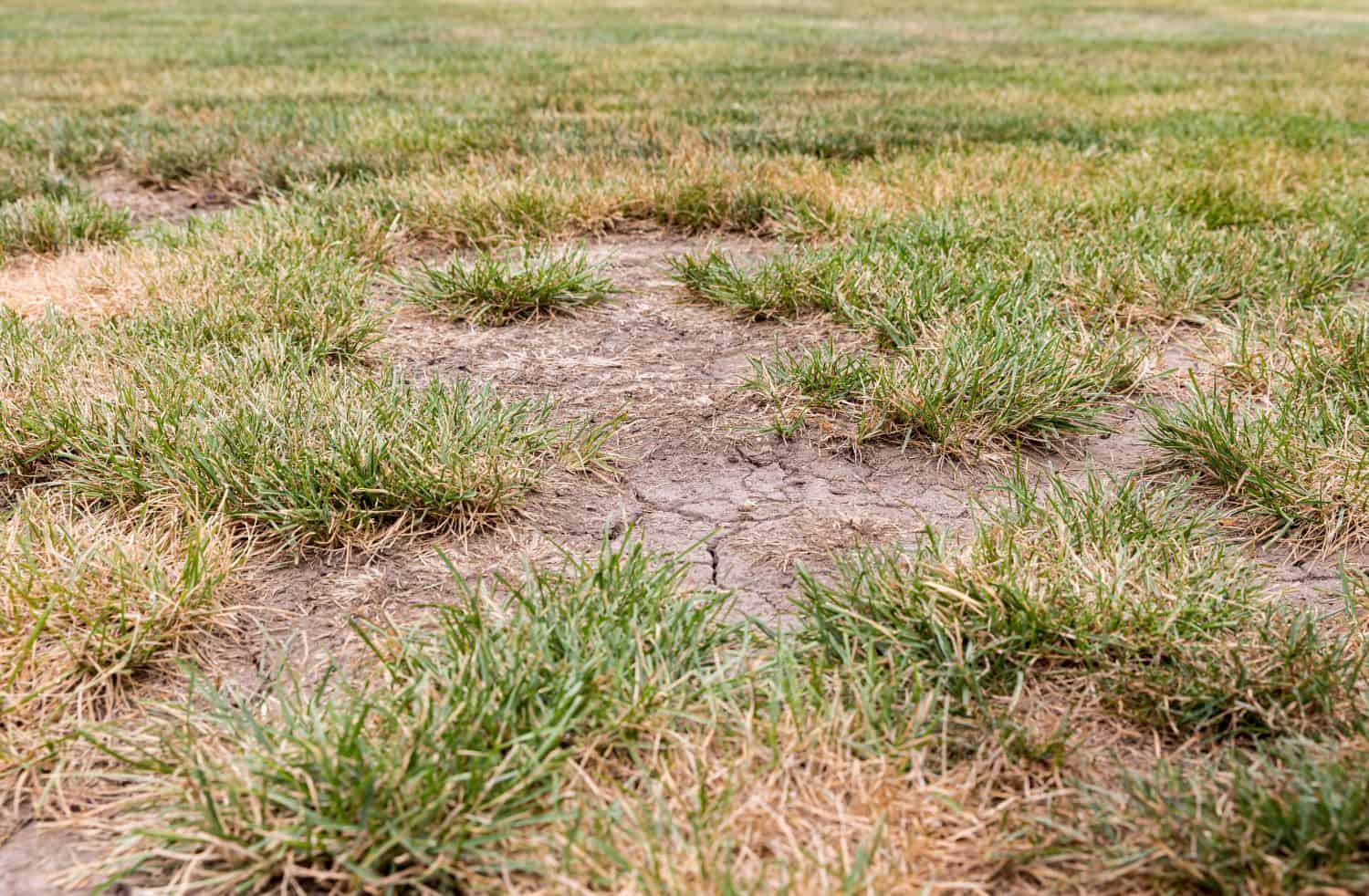
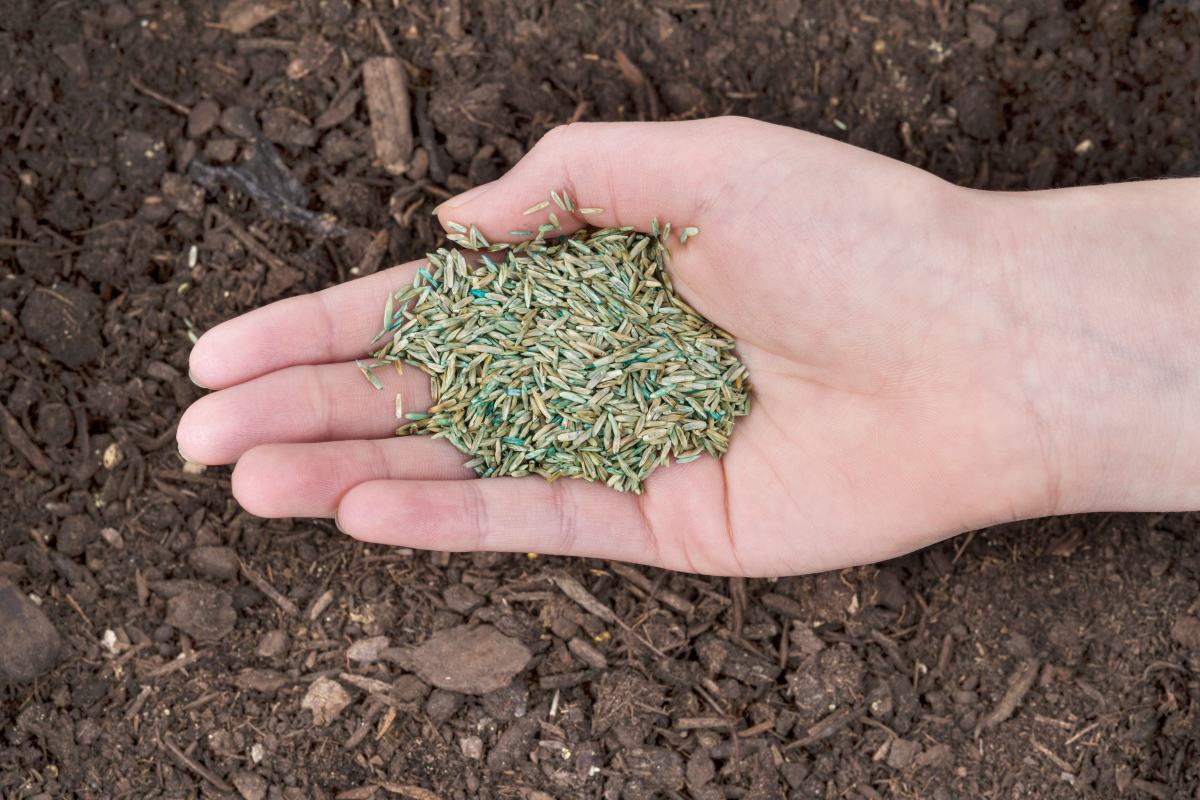
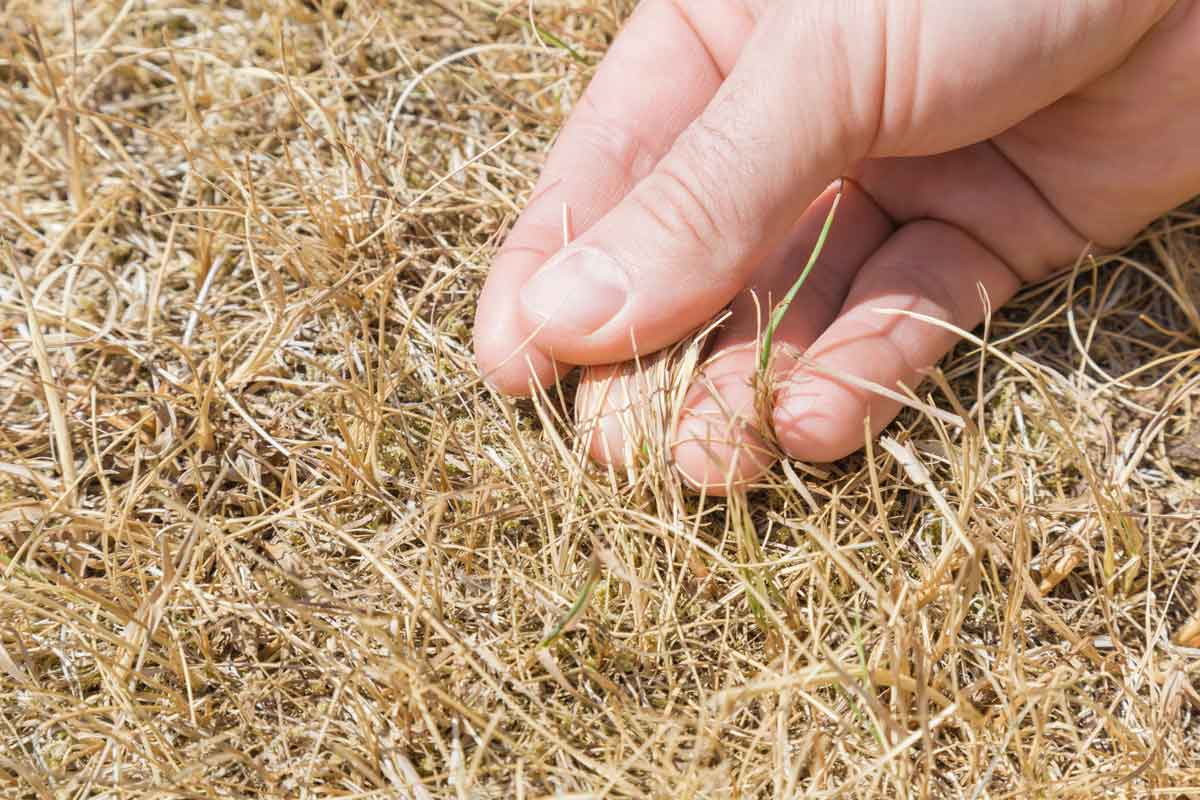


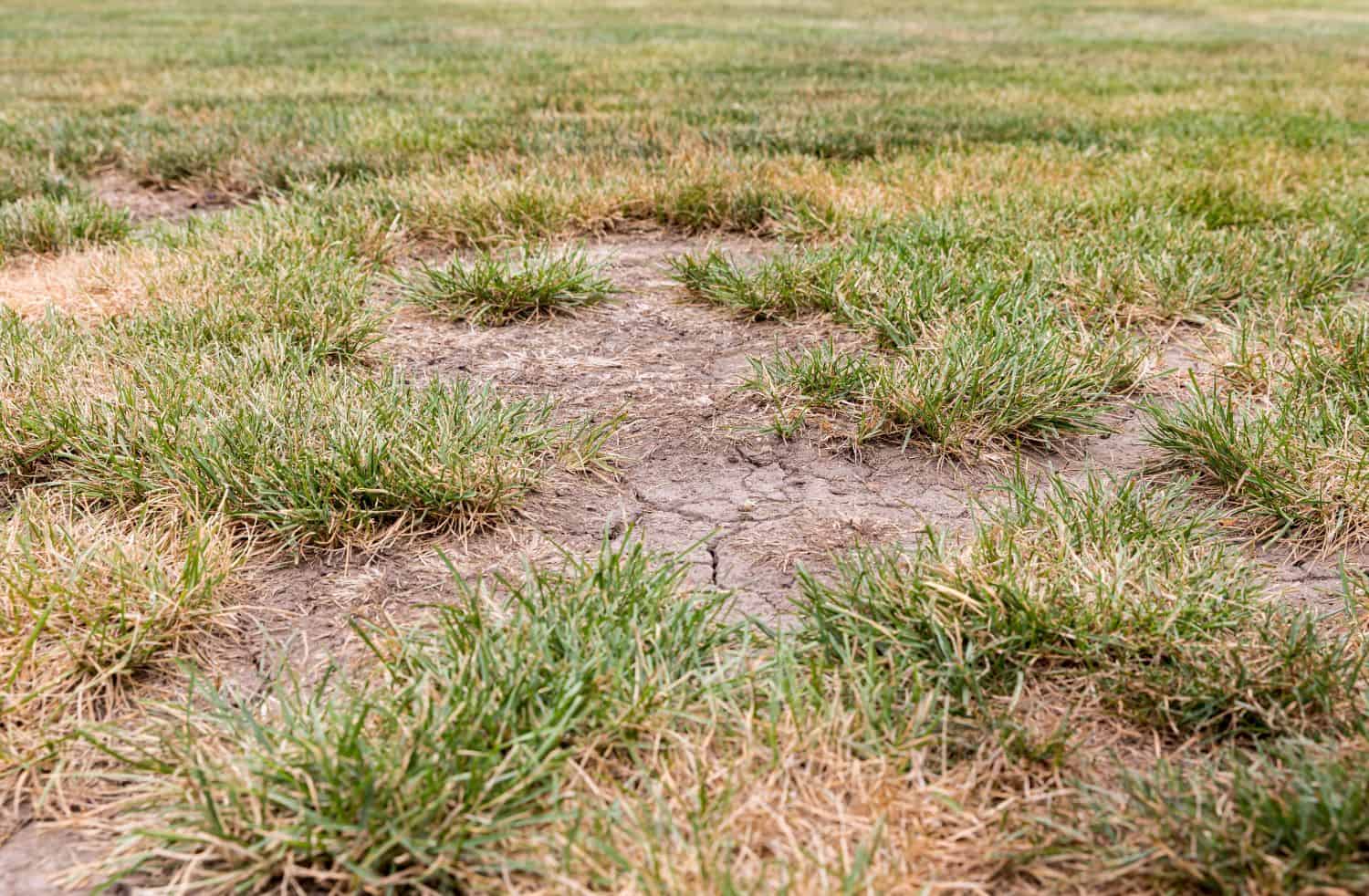
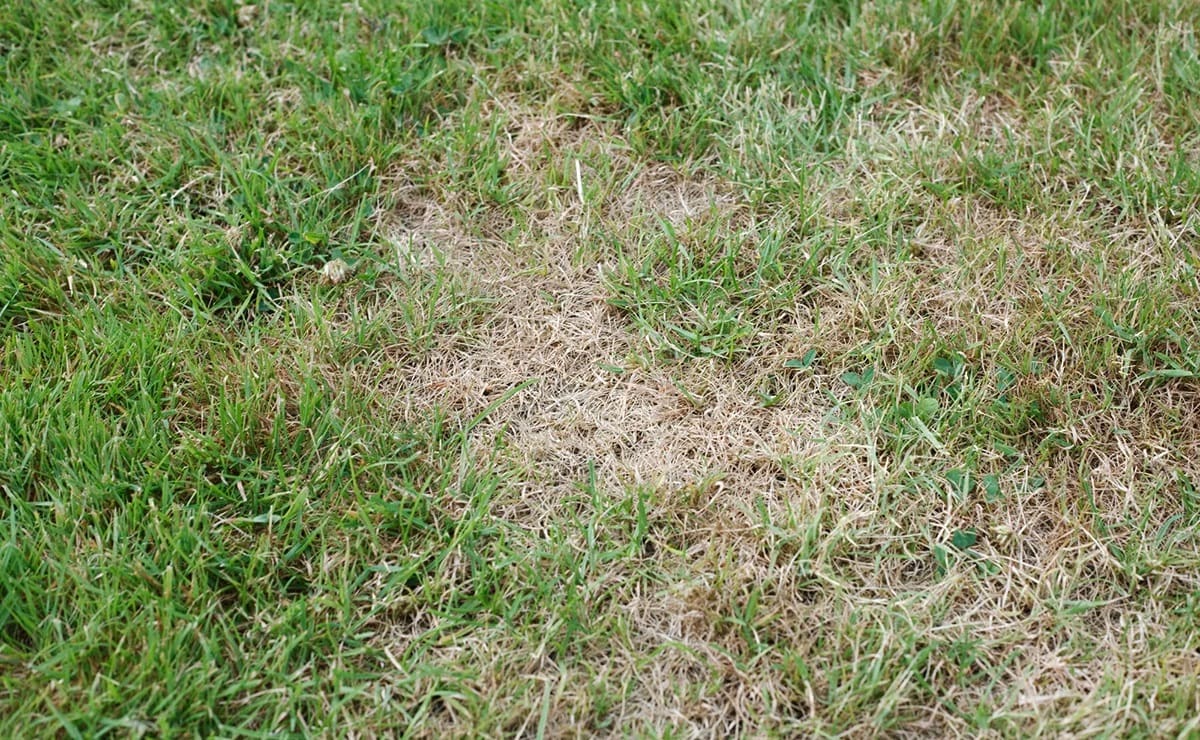
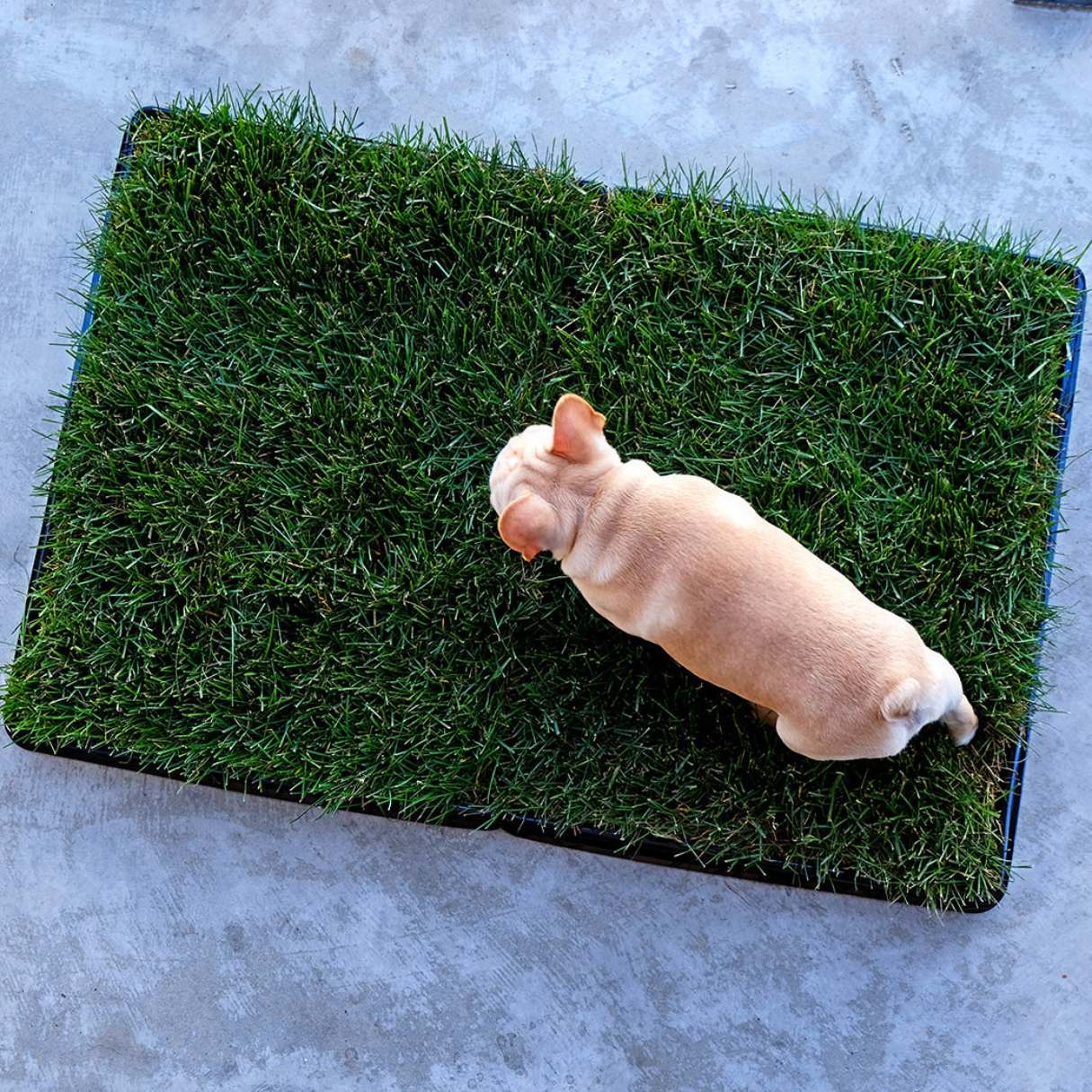
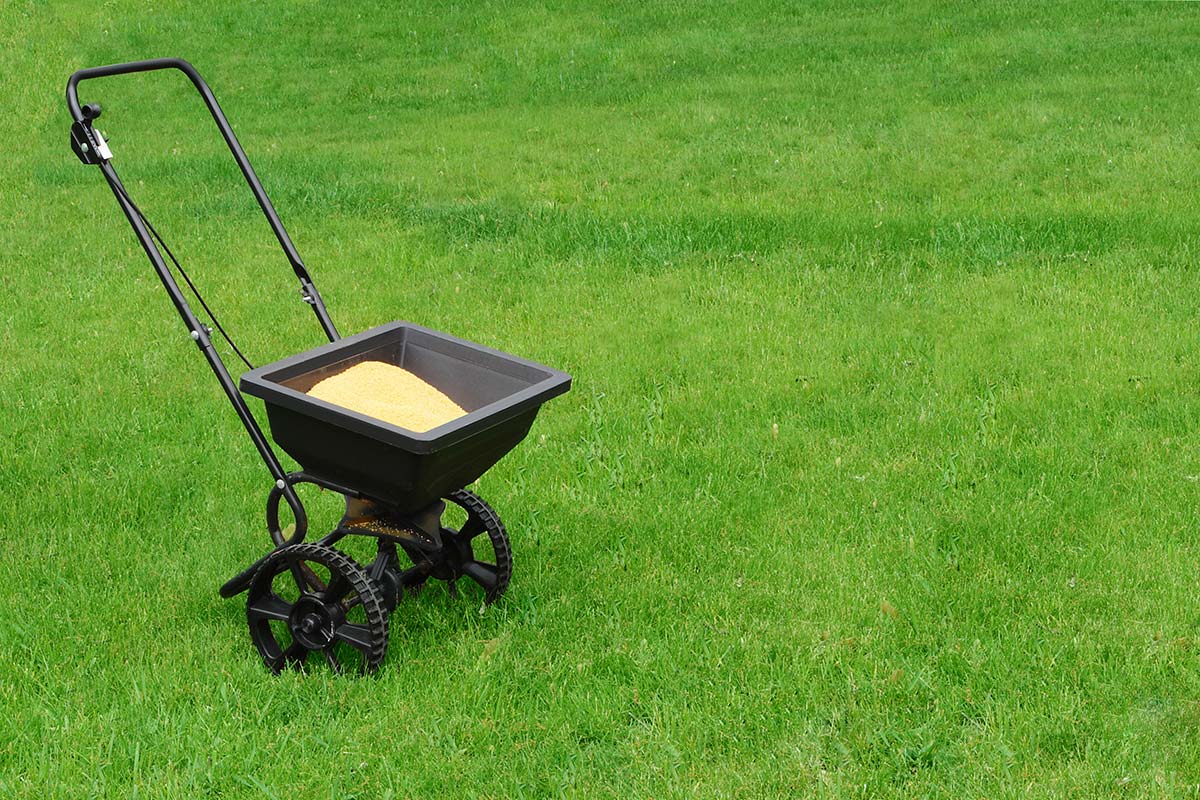
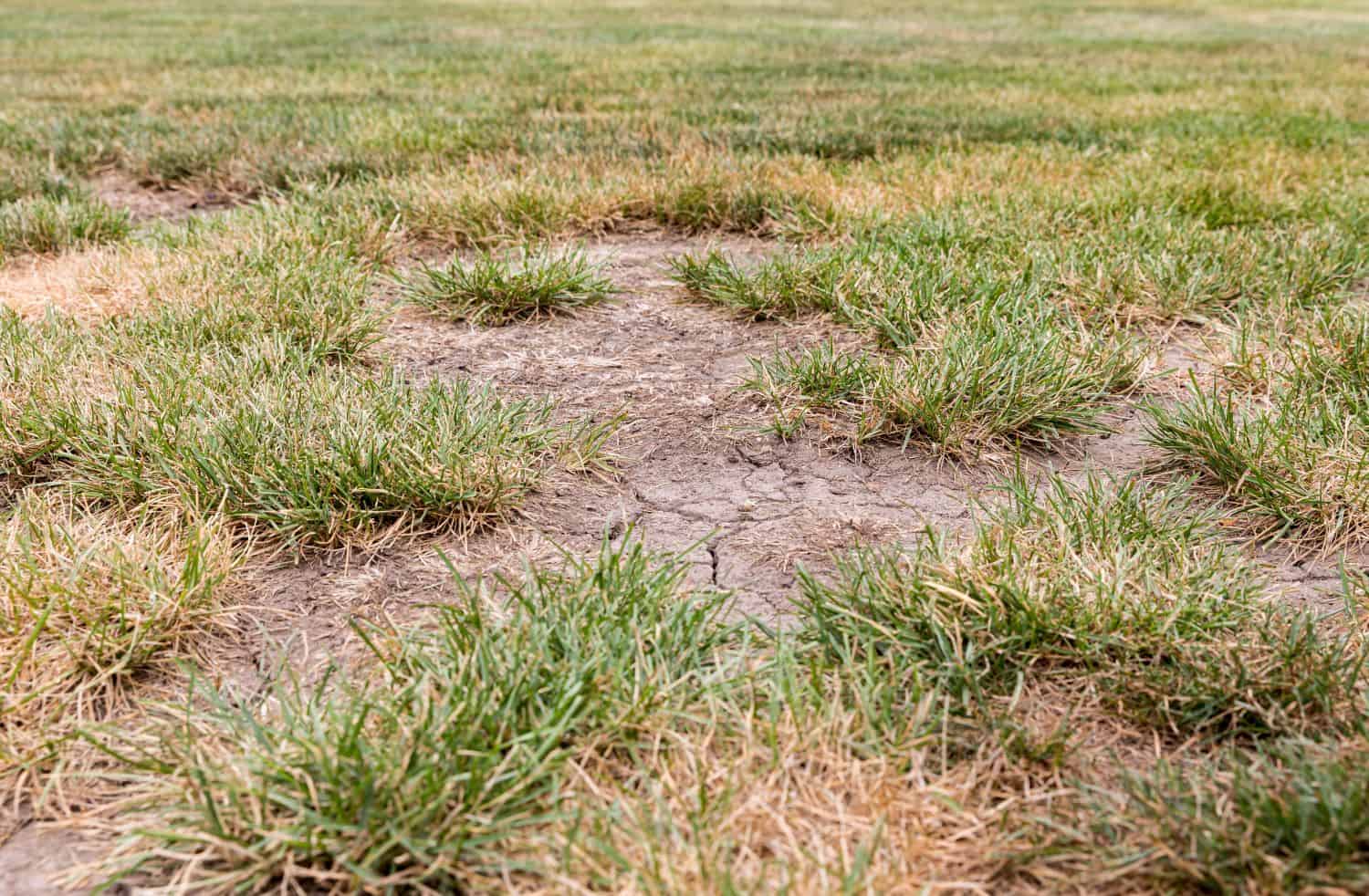
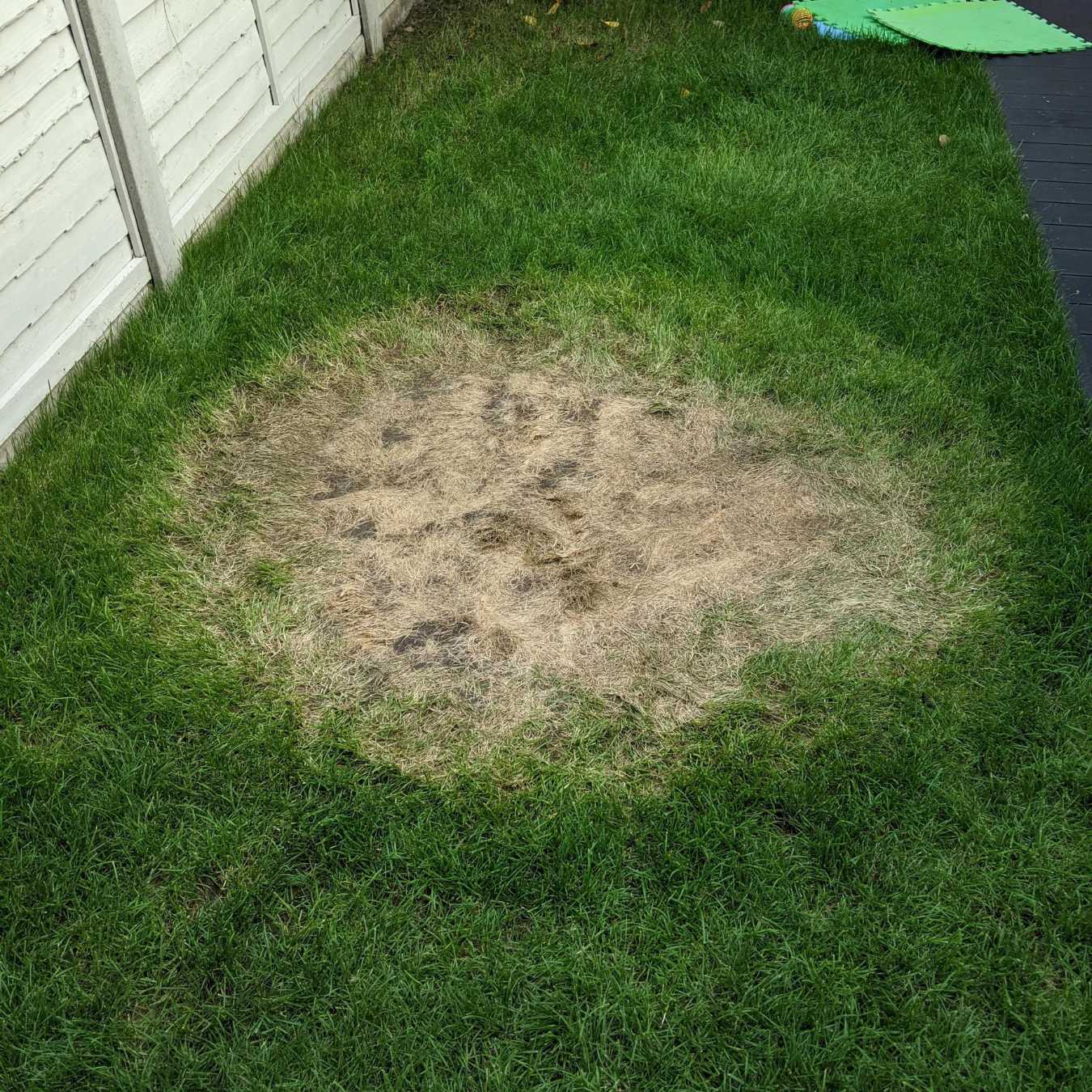

0 thoughts on “How To Treat Dead Grass Patches”